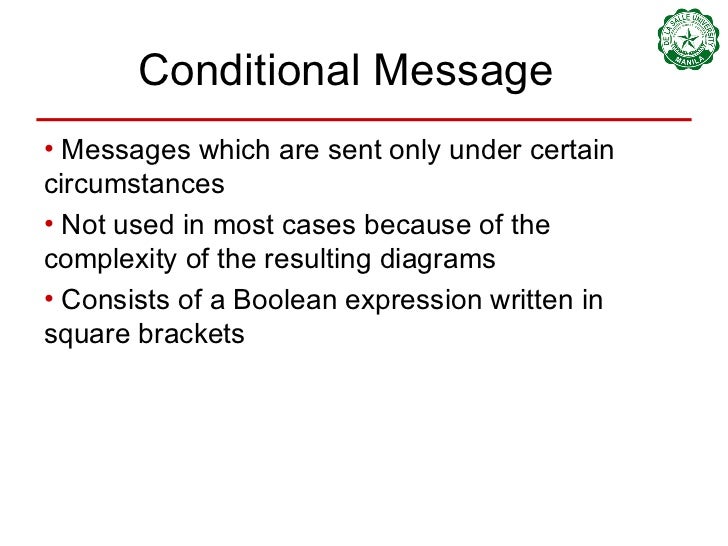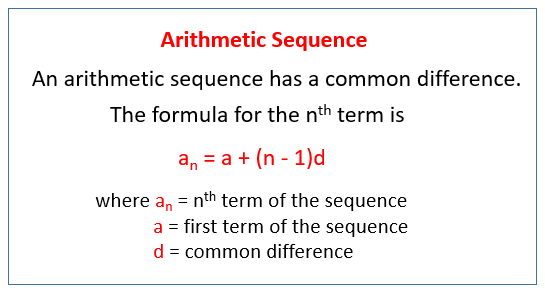
Type of sequence and examples series#
To generate either an ascending or descending series of random whole numbers, we'll be needing the good old RANDBETWEEN function for the step argument of SEQUENCE.įor example, to create a series of increasing random numbers that spills in as many rows and columns as specified in B1 and B2, respectively, and start at the integer in B3, the formula goes as follows: This function can do a lot of useful things, but in our case it cannot help. Generate an increasing or decreasing sequence of random numbersĪs you probably know, in new Excel there is a special function for generating random numbers, RANDARRAY, which we discussed a few articles ago. Where B1 is the number of rows, B2 is the number of columns, B3 is the start number and B4 is the step. Need a Roman number sequence for some task, or just for fun? That's easy! Build a regular SEQUENCE formula and warp it in the ROMAN function. Regular sequence that moves horizontally left to right (column-wise): Sequence that moves vertically top to bottom (row-wise): Please pay attention rows and columns are supplied in different order! Here, we input all the parameters in separate cells (E1:E4) and create 2 sequences with the below formulas. To better understand the approach, please have a look at the screenshot below. TRANSPOSE(SEQUENCE( columns, rows, start, step))įor example, to fill 5 rows and 3 columns with sequential numbers starting at 100 and incremented by 10, the formula takes this form: Please note that TRANSPOSE swaps rows and columns, so you should specify them in the reverse order: top to bottom across the first column and then right to the next column, nest SEQUENCE in the TRANSPOSE function. When populating a range of cells with sequential numbers, by default, the series always goes horizontally across the first row and then down to the next row, just like reading a book from left to right. To generate a descending sequential series, such that each subsequent value is less than the preceding one, supply a negative number for the step argument.įor example, to create a list of numbers starting at 10 and decreasing by 1, use this formula:įorce a two-dimensional sequence to move vertically top to bottom Make a decreasing (descending) sequence in Excel Though the basic SEQUENCE formula does not look very exciting, when combined with other functions, it takes on a whole new level of usefulness.
Type of sequence and examples how to#
How to create a number sequence in Excel - formula examples


To make a horizontal sequence, set the rows argument to 1 (or omit it) and define the number of columns, 8 in our case:

The results will spill in the other rows automatically. Where n is the number of elements in the sequence.įor example, to populate a column with 10 incremental numbers, type the below formula in the first cell (A2 in our case) and press the Enter key:


 0 kommentar(er)
0 kommentar(er)
